The content of the article
Polyxena means a medium-sized butterfly, which in terms of wingspan grows to a maximum of 5.5 cm. It is pigmented with a light yellowish tint and stands out among the sebaceous. Individuals of this breed group prefer to live near moist ravines, as well as on the fringes of forests and in river valleys. They need high humidity for a comfortable existence. When the caterpillar pupates, it tolerates winter. As for summer, it originates in the middle of the spring, lasts until the end of the season.
View Features
- The wings have complex patterned blotches consisting of reddish and black pigments on a yellowish background. Butterflies can be beige. On the outer parts of the wings there are curved stripes. There is a red-black strip on the bottom side, and a black and yellow outline appears on top.
- Many inhabitants of this family live in Crimea. They love the terrain in front of the mountains, as well as meadows and shrubs near water sources. Attract individuals beams paved with grass. Some lepidoptera live in the vineyards. Summer originates in mid-spring, ends with the end of the season or the beginning of summer.
- These creatures are leisurely, fly measuredly, near grassy areas or shrubbery zones. They sit on foliage and twigs, can be in inflorescences. The habitat is partial in nature, kirkason is required for living, caterpillars feed on it. This variety of Lepidoptera is not numerous.
- The species is listed in the Red Book of Ukraine. Human activity is negatively reflected in the population. Habitats are being developed by people more and more, individuals are forced to literally survive without vegetation, in dry grass and foliage, among uprooted trees. The whole place is occupied by new buildings and other lands.
- At the caterpillar stage, the body is not pigmented very brightly, the color is close to beige. Against the general background, orange blotches in the format of cones flaunt. Such a bright color makes it clear to predators that these caterpillars are not suitable for consumption in food.
- The food of caterpillars is not diverse, they lean on kirkazon, therefore, in late spring or early fall, they are found sitting on these inflorescences. When development ends, the caterpillars fall to the ground, pupation begins, for this a secluded corner is chosen. Wintering can last twice.
Description
- The wingspan in individuals can reach 5 cm in males, and in females up to 5.5 cm. It should be noted that the representatives of the weaker sex are slightly larger. In any case, the wings of insects are painted yellow.
- On them you can see red blotches and black stripes. Moreover, the size of the spots may in some cases be different. Butterflies live no more than one year. They bring offspring from early April to mid-May.
- In addition, the breeding period may vary depending on the climatic conditions in which these insects live. Being in a state of pupae, females are born a week later than the opposite sex.
- Representatives of the family are in France, as well as other parts of Europe. They live in Turkey, in the vastness of our homeland. They can climb 1 km. in height from sea level. A tendency to seasonal flights is present.
Breeding
- It all starts with laying 1 egg on the back of the leaves of the feed plant. Most often this happens in late spring. The role of fodder plants is ordinary, pale and rounded kirkazona. The egg has the shape of a sphere. It is painted in pearl white.This stage lasts only a few days.
- As soon as a caterpillar appears, it begins to lead a rather interesting lifestyle. She feeds on a limited species of plants. Such caterpillars give preference exclusively to plants of the kirkazon species. The larva has a black color.
- Over time, it changes color to violet-orange. Also on the body are bright orange warts, on which there is a black dot in the center. Activity is shown in sunny weather. At this time, their meal was flaring up with might and main.
- A few days before pupation, such caterpillars completely stop feeding. They are looking for a suitable twig. The caterpillar braids itself with a special belt. She hangs in this condition for up to 3 weeks. If on the eve of the cold, the pupa hibernates in this state. After the butterfly appears.
Presented butterflies have a unique appearance. Such insects in the real world have become a rarity. If scientists can do nothing, the butterflies will disappear altogether. Remember that individuals are listed in the Red Book.
Video: Polyxena butterfly (Zerynthia polyxena)


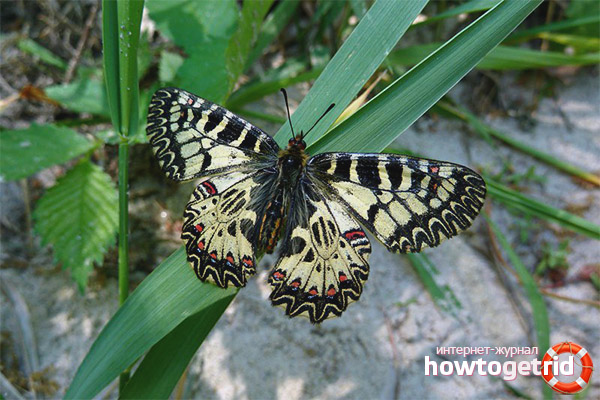
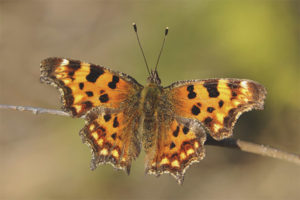

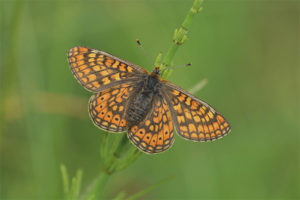
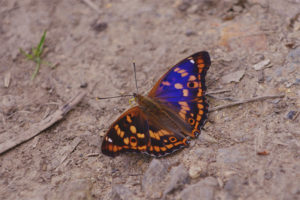

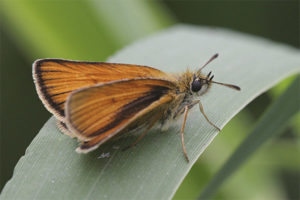
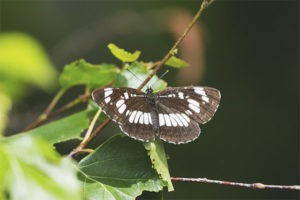
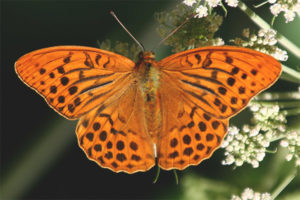
Submit